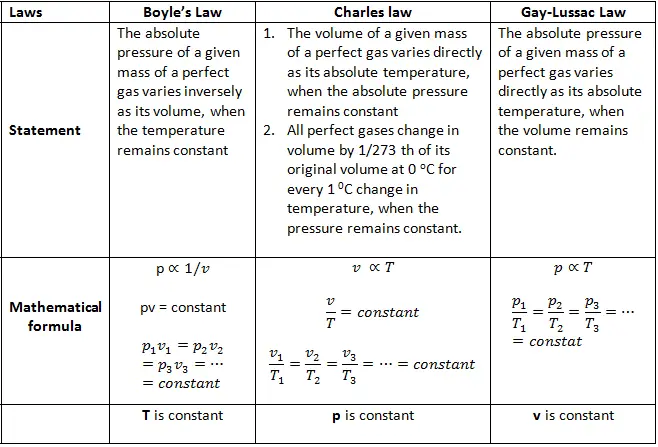Punnett Square Worksheet Answer Key Made Easy

Understanding Punnett Squares: A Comprehensive Guide
Punnett squares are a fundamental tool in genetics, used to predict the probability of different genotypes and phenotypes in offspring. They can seem intimidating at first, but with practice and a clear understanding of the concepts, you’ll be able to tackle even the most complex Punnett square problems with ease. In this guide, we’ll walk you through the basics of Punnett squares, provide step-by-step instructions on how to create and solve them, and offer some valuable tips and resources to help you master this essential skill.
What is a Punnett Square?
A Punnett square is a diagram that shows all the possible combinations of alleles (different forms of a gene) that can occur in offspring when two parents reproduce. It’s a simple, yet powerful tool that helps us predict the probability of different traits being expressed in offspring. Punnett squares are named after the British geneticist Reginald Punnett, who developed this method in the early 20th century.
Key Concepts: Genotype, Phenotype, and Alleles
Before we dive into creating Punnett squares, let’s quickly review some key concepts:
- Genotype: The genetic makeup of an individual, including the specific alleles they possess.
- Phenotype: The physical expression of an individual’s genotype, such as eye color, hair color, or height.
- Alleles: Different forms of a gene, which can be either dominant or recessive.
Creating a Punnett Square
Creating a Punnett square is a straightforward process. Here’s a step-by-step guide:
- Determine the genotype of each parent: Identify the genotype of each parent, including the specific alleles they possess.
- Create a grid: Draw a grid with the alleles of one parent on the top row and the alleles of the other parent on the left column.
- Fill in the grid: Fill in the grid with the possible combinations of alleles, using the following rules:
- Each box in the grid represents a possible genotype of the offspring.
- The alleles in each box are combined from the alleles of the parents.
- The genotype of the offspring is determined by the combination of alleles in each box.
- Determine the phenotype: Determine the phenotype of each genotype by applying the rules of dominance and recessiveness.
Solving a Punnett Square
Solving a Punnett square involves analyzing the possible genotypes and phenotypes of the offspring. Here’s a step-by-step guide:
- Identify the possible genotypes: Identify the possible genotypes of the offspring by looking at each box in the grid.
- Determine the probability of each genotype: Determine the probability of each genotype by counting the number of boxes that contain that genotype.
- Determine the phenotype: Determine the phenotype of each genotype by applying the rules of dominance and recessiveness.
- Calculate the probability of each phenotype: Calculate the probability of each phenotype by adding up the probabilities of the genotypes that express that phenotype.
Example: A Simple Punnett Square
Let’s create a Punnett square for a simple scenario:
- Parent 1: Genotype Bb (where B is the dominant allele and b is the recessive allele)
- Parent 2: Genotype bb
- Trait: We’re analyzing the trait of eye color, where B represents brown eyes and b represents blue eyes.
Here’s the Punnett square:

| B | b | |
|---|---|---|
| B | BB | Bb |
| b | bB | bb |
By analyzing this Punnett square, we can see that:
- The possible genotypes of the offspring are BB, Bb, and bb.
- The probability of each genotype is 25% (BB), 50% (Bb), and 25% (bb).
- The phenotype of each genotype is brown eyes (BB and Bb) and blue eyes (bb).
- The probability of each phenotype is 75% (brown eyes) and 25% (blue eyes).
Tips and Resources
Here are some valuable tips and resources to help you master Punnett squares:
- Practice, practice, practice: The more you practice creating and solving Punnett squares, the more comfortable you’ll become with this skill.
- Use online resources: There are many online resources available that can help you learn Punnett squares, including interactive tools and video tutorials.
- Start with simple scenarios: Begin with simple Punnett square scenarios and gradually move on to more complex ones.
🤔 Note: Punnett squares are a fundamental tool in genetics, and mastering this skill takes time and practice. Don't be discouraged if you don't understand it at first – keep practicing, and you'll get the hang of it!
Common Mistakes to Avoid
Here are some common mistakes to avoid when creating and solving Punnett squares:
- Forgetting to include all possible genotypes: Make sure to include all possible genotypes in your Punnett square, including those that may seem unlikely.
- Misapplying the rules of dominance and recessiveness: Double-check that you’re applying the rules of dominance and recessiveness correctly to determine the phenotype of each genotype.
- Miscalculating probabilities: Make sure to calculate probabilities correctly by counting the number of boxes that contain each genotype.
What is the purpose of a Punnett square?
+A Punnett square is used to predict the probability of different genotypes and phenotypes in offspring.
What are the key concepts to understand when creating a Punnett square?
+The key concepts to understand when creating a Punnett square are genotype, phenotype, and alleles, as well as the rules of dominance and recessiveness.
How do I calculate the probability of each phenotype in a Punnett square?
+To calculate the probability of each phenotype, add up the probabilities of the genotypes that express that phenotype.
By following these steps and tips, you’ll be well on your way to mastering Punnett squares and predicting the probability of different genotypes and phenotypes in offspring. Happy learning!



